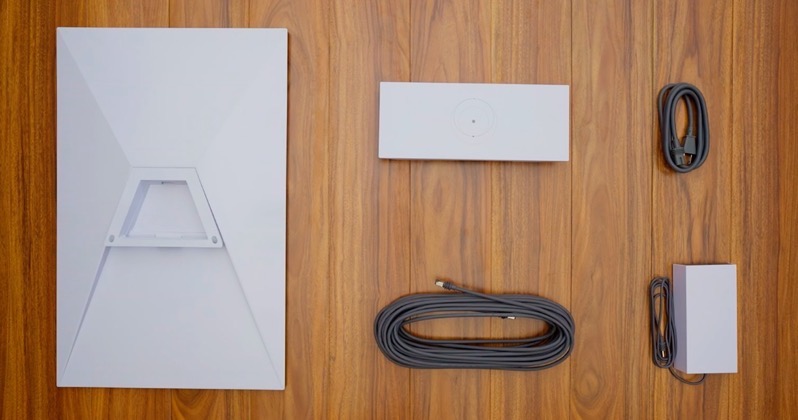
SpaceX Launches Starlink Dish with Cybertruck-Like Design

SpaceX has introduced a new residential Starlink internet dish for its satellite internet service, marking the debut of a third-gen model.
The new Starlink kit, designed for easy setup, includes the ‘Standard’ Starlink dish with new design that includes a kickstand, a Gen 3 router, a 15-meter Starlink cable, a 1.5-meter AC cable, and a power supply. It’s a new ‘Cybertruck’ like design on the back compared to the original dish from 2021.
The dish features an electronic phased array antenna with a 110° field of view and software-assisted manual orienting. It weighs between 2.9 kg and 3.2 kg with the kickstand and is rated at an improved IP67 Type 4, making it durable in various environmental conditions.
The dish’s operational capabilities are robust, withstanding wind speeds of over 60 mph and featuring snow melt capability of up to 1.5 inches per hour. It requires an average power consumption of 75-100 watts. That’s higher than the 50-75 watts in the second generation model.

The Starlink Wi-Fi router, supporting Wi-Fi 6 technology, is a tri-band 4×4 MU-MIMO radio with two latching Ethernet LAN ports. It has a range of up to 3,200 square feet and can connect up to 235 devices. The router is IP56 rated for water resistance and is designed for indoor use.
You can see SpaceX’s new Starlink setup video here, with the quiet launch spotted by PCMag.
Additionally, the power supply unit has dimensions of 173 x 93 x 35.75 mm and weighs 0.65 kg. It operates in temperatures ranging from -22°F to 140°F and has an environmental rating of IP66 Type 4.
Mounts and accessories for the Starlink dish are available for purchase on the Starlink Shop, ensuring a permanent and obstruction-free installation.
It’s impressive to see the Starlink team pushing out so many updates to hardware for the latter. The new kickstand design makes it easy to lay flat on a table while the video also showed it laying seamlessly on a roof.
What do you think of this new Starlink dish design for residential customers?

